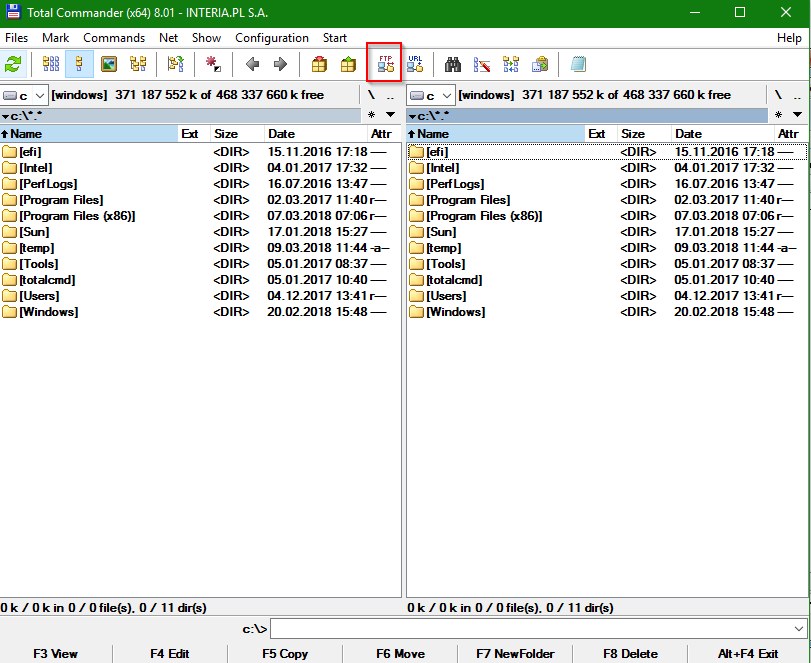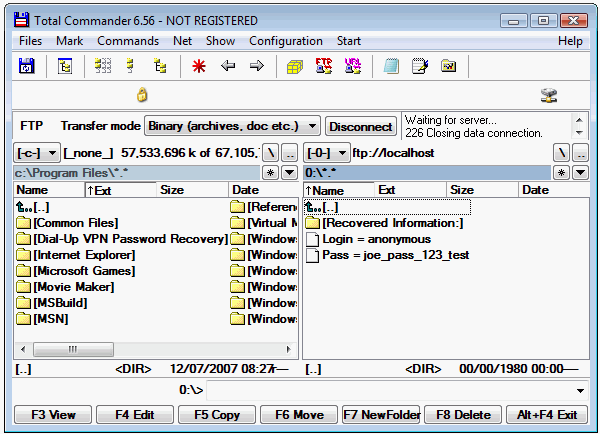

Please tap on the text edit bar to modify the file name to the exact host name you will be going to connect to. You have to specify a host name the file is to be used with. Once a correct file loaded, you would see a description like "Encrypted key" for a pass phrase protected file or "Not encrypted!" for the one without a passphrase. To look up for a new file, tap on the looking glass icon. If there were no keys in the key manager and you previously had keyfiles in the folder /sdcard/.GhostCommander/keys whey will loaded to the key manager automatically. To access it, tap and hold on the SFTP item in the app's home: list then choose Settings->Keys manager. To connect using the key-file authentication the private key PEM file has to be added to the app by using the Keys manager. The plugin supports either password authentication or keyfile authentication. Once installed it appears in the application's home: list.

Ghost Commander's SFTP plugin need to be installed. SFTP stands for SSH File Transfer Protocol, or Secure File Transfer Protocol, is a file transfer protocol that works over a secure connection.

If the FTP connection has glitches, try to leave it by navigating to a local folder, and then try to connect again. In the rare case you need to specify the port which is different from the standard (21), you can do that, too: For example, if your PC named "mypc" is located in a domain with the full name "", give the full name as the address: "". Hint: if your FTP server is located in the local network managed by Windows domain controllers and you have trouble connecting to the server providing just the machine name, try to add also your domain's suffix. This is a common problem of the FTP protocol. Please be aware: although Ghost Commander does not use your credentials except for establishing the connection, or does not pass them anywhere except the site you're connecting to, they are passed to the FTP site unencrypted and can be sniffed by a third party. If the site you're trying to access does not allow anonymous access, your real identity will be asked for in a dialog box. If you don't provide a name and password, "anonymous" will be used. Or just open the location editor and type in the full URL of the desired FTP site, like: In the opened form enter the site name, path and your credentials.

To access an FTP site, open the home: location and then click on "FTP site".


 0 kommentar(er)
0 kommentar(er)
